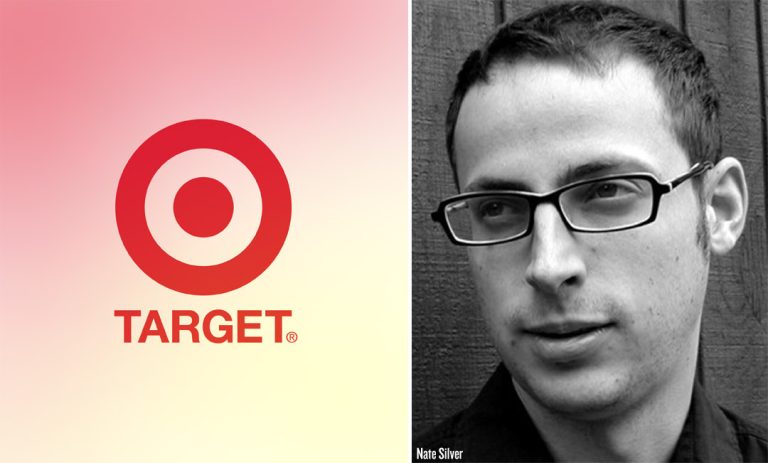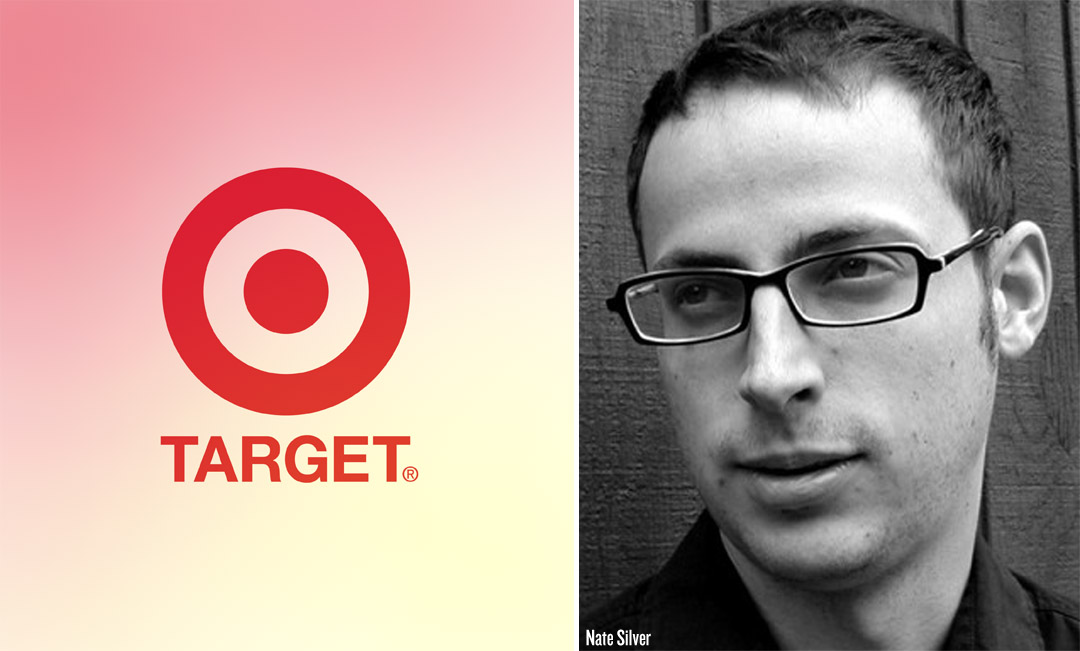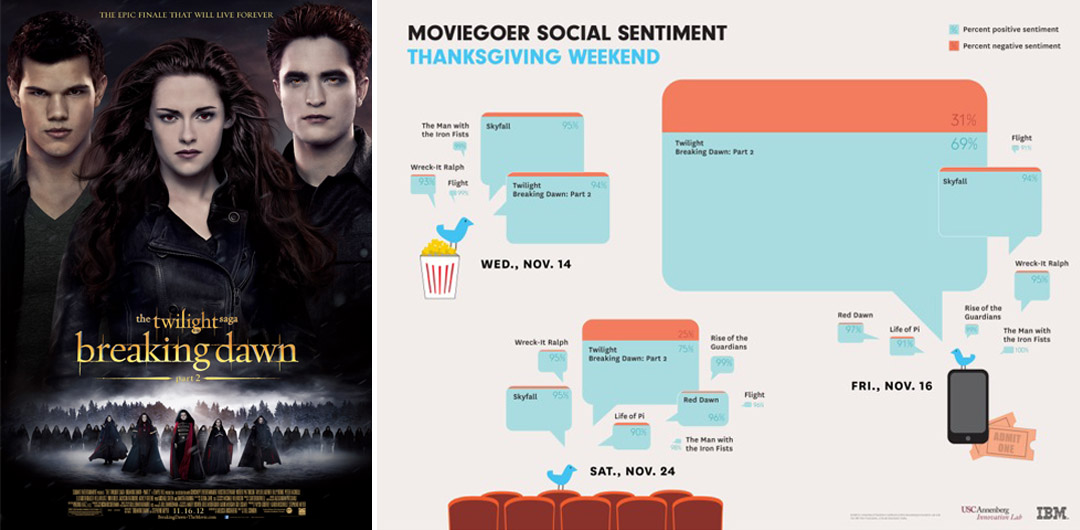There is indeed a formula behind Hollywood’s film, television, and music industries, but the science was nowhere near as sophisticated as anyone had thought — that is, until now. In just the past couple of years social technology such as Twitter has proven to be an unrivaled source of the single most precious commodity of all in the offices of Hollywood’s media giants — data. In his amazing new book The Power Of Habit Charles Duhigg of The New York Times tells a brilliant story in the chapter “How Target Knows What You Want Before You Do”. He explains how in 2002 Target hired a data expert by the name of Andrew Pole to help figure out how the company’s computers could determine which customers are pregnant”
“Pregnant women and new parents, after all, are the holy grail of retail. There is almost no more profitable, product hungry, price-insensitive group in existence. It’s not just diapers and wipes. People with infants are so tired that they’ll buy everything they need — juice and toilet paper, socks and magazines — wherever they purchase their bottles and formula. What’s more, if a new parent starts shopping at Target they’ll keep coming back for years.”
There is a fascinating backstory to how Andrew Pole cracked the secret, but to put it simply Andrew figured it out by looking at an ingenious set of data points which examined the kinds of things individual Target customers were buying. This allowed Target to send flyers and coupons to exact addresses where they suspected a customer was pregnant — in some cases before the customer even knew herself. In one amazing case, a man walked into Target with his teenage daughter and demanded why the company was sending so much baby-related material to him and his daughter all of the sudden. He was furious, and the manager apologized. What the father didn’t know was that Target had figured out his daughter was indeed pregnant. She confessed to her father a few days later. The father called the manager back to apologize in return.
Nate Silver is the wizard statistician who has since become an internet meme for his ingenious analysis of data that helped Barack Obama win the last presidential election. And I wouldn’t be surprised if Nate is getting a lot of phone calls from Hollywood conglomerates these days, because the companies that can understand data are the ones who are going to reap millions upon millions of dollars in rewards. In an interesting new article in The Hollywood Reporter, Eriq Gardner writes of how Hollywood’s data experts are trying to solve a strange mystery that unfolded this past weekend involving Twilight, SKYFALL, and LIFE OF PI:
“The researchers also looked at the ‘social sentiment’ around various films and discovered that the number of tweets deemed ‘positive’ for ‘Twilight’ was behind some of the other movies now in theaters. Before its release, the latest ‘Twilight’ film was generating 90 percent positive social sentiment; but by Saturday, that had dropped to 75 percent. Other films like ‘Skyfall’ (90 percent positive), ‘Red Dawn’ (96 percent), ‘LIFE OF PI’ (91 percent) and ‘Rise of the Guardians’ (99 percent) were provoking more unconditionally agreeable sentiment (see graph below). The mystery why a hit film like ‘Twilight’ might generate such a reception on Twitter could foreshadow the next advance in computer science.”
But dissecting this data is incredibly difficult. Why did Twilight’s social sentiment collapse so dramatically while SKYFALL’s and LIFE OF PI’s remained so stable? Whoever figures this out is going to be very wealthy indeed, because it is so hard to crack. Among the most complicated things to separate is sarcasm among viewers. IBM’s arsenal of supercomputers was assigned to unlock the secrets of Twilight’s Twitter data this past weekend, and it wasn’t until they figured out how to remove the sarcasm that the powerful data began to make sense.
The utlimate buzzword these days among Hollywood’s data analysis gurus is “engagement”. THR writes: “Steve Canepa, general manager for IBM’s Media & Entertainment Group, says this is partly due to necessity. He says that studios once had the luxury of slowly releasing a film, building audience momentum over time and adjusting marketing campaigns based on what was or wasn’t working. But now that social media audiences are rendering their snap viral judgments, Canepa believes it’s more important than ever that studios adapt likewise by getting their marketing correct at a film’s launch. And that means understanding more quickly than ever how audiences are reacting. ‘What we are doing is essentially creating a focus group in real time,’ he says. ‘We are attempting to understand what are they saying, what motivates people to see movie.'”
THR also spoke with Jonathan Taplin of the USC Annenberg Innovation Lab, who revealed the ultimate goal — say with a show like The VOICE or American Idol — would be to unlock the secrets of which singers are causing viewers to change the channel. Canepa adds: “predictive analytics driven by social sentiment also might help researchers appreciate which film and TV storylines work best in particular genres to precise demographics. Or which Hollywood stars match up best with each other.” You can read the entire story by visiting HollywoodReporter.com. And to purchase your own copy of Charles Duhigg’s must-have book The Power Of Habit simply head over to Amazon.






